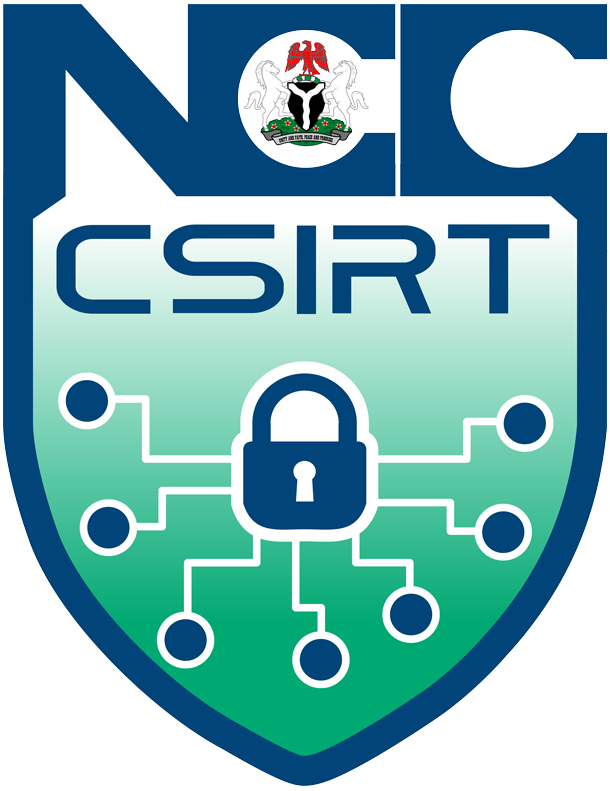Advisory ID: NCC-CSIRT-2025-026
Summary:
Security researchers (eSentire, The Hacker News coverage) have identified a November 2025 campaign, tracked as EVALUSION, that uses the ClickFix social-engineering technique to trick users into executing commands which lead to the installation of the Amatera Stealer (packed with PureCrypter) and the follow-on deployment of NetSupport RAT. The attack chain injects a packed Amatera DLL into MSBuild.exe, harvests browser and wallet data, then executes PowerShell to fetch and run NetSupport for persistent remote access.
Damage/Probability: High/High
Indicators of Compromise (IOCs):
IOCs change rapidly. Pull up-to-date lists from vendor CTI and your telemetry before actioning.
- Run/explorer.exe spawning msbuild.exe with injected DLLs.
- Unknown DLLs loaded into msbuild.exe or other trusted developer processes.
- PureCrypter artifacts and PowerShell one-liners contacting suspicious domains.
- NetSupport RAT beacons or console connections to unknown endpoints.
- Outbound connections to vendor-flagged malicious download/C2 domains.
Product(s):
- Microsoft Windows endpoints (workstations and servers)
- Browsers and browser-stored credentials (Chrome, Edge, Firefox) and password managers
- NetSupport RAT (remote access tooling abused as payload)
- Amatera Stealer (infostealer family) and PureCrypter (loader/crypter)
Version(s):
Not version-specific, it affects Windows systems where users execute the staged payloads; detection and remediation depend on endpoint protections and configuration.
Platform(s):
- Enterprise and unmanaged Windows hosts
- Remote workers’ machines
- Environments where MSBuild.exe and PowerShell are allowed to run.
Description:
The campaign begins with phishing, malvertising, or compromised pages that present a ClickFix-style visual or instruction prompting the user to run a command (the “ClickFix” interaction), often via the Windows Run box or a similarly trivial user action. ClickFix is an interactive social-engineering technique designed to coax users into executing commands that would normally be blocked or inspected. Once the user follows the prompt, the chain drops a PureCrypter-packed Amatera DLL, which the actor injects into MSBuild.exe to evade detection. The stealer harvests browser credentials, cookies, crypto wallets and system artifacts, then executes a PowerShell stage that downloads and installs NetSupport RAT to provide remote control to the attacker.
Threat Types:
- Infostealer (Amatera): credential, cookie and crypto-wallet harvesting.
- Remote Access Trojan (NetSupport): full remote control and lateral movement.
- Social-engineering vector: ClickFix (interactive user trick that bypasses some security controls).
- Crypter/loader use (PureCrypter) to evade detection. (Proofpoint)
Impacts:
- Theft of browser passwords, cookies, form data, and crypto wallets.
- NetSupport RAT enables remote access and data exfiltration.
- Crypter packing and DLL injection evade signature-based detection.
- Unmanaged endpoints with corporate resources increase operational risk.
Solutions:
NCC-CSIRT recommend the following mitigation steps:
- Hunt exe for unknown DLLs or unusual process chains.
- Monitor PowerShell for download-execute or encoded scripts.
- Check browsers for unexpected children or credential access.
- Block & alert on domains/IPs linked to PureCrypter, Amatera, NetSupport.
- Sandbox suspicious attachments/pages with interactive Run patterns.
- Quarantine endpoints and block known malicious domains from CTI feeds.
- Enforce execution controls: restrict msbuild.exe, constrain PowerShell, block unsigned scripts.
- Rotate credentials, force reauthentication, and reset MFA if compromised.
References:
-
https://thehackernews.com/2025/11/new-evalusion-clickfix-campaign.html
-
https://www.esentire.com/blog/unpacking-netsupport-rat-loaders-delivered-via-clickfix
-
https://www.proofpoint.com/au/blog/threat-insight/amatera-stealer-rebranded-acr-stealer-improved-evasion-sophistication
-
https://www.microsoft.com/en-us/security/blog/2025/08/21/think-before-you-clickfix-analyzing-the-clickfix-social-engineering-technique/
